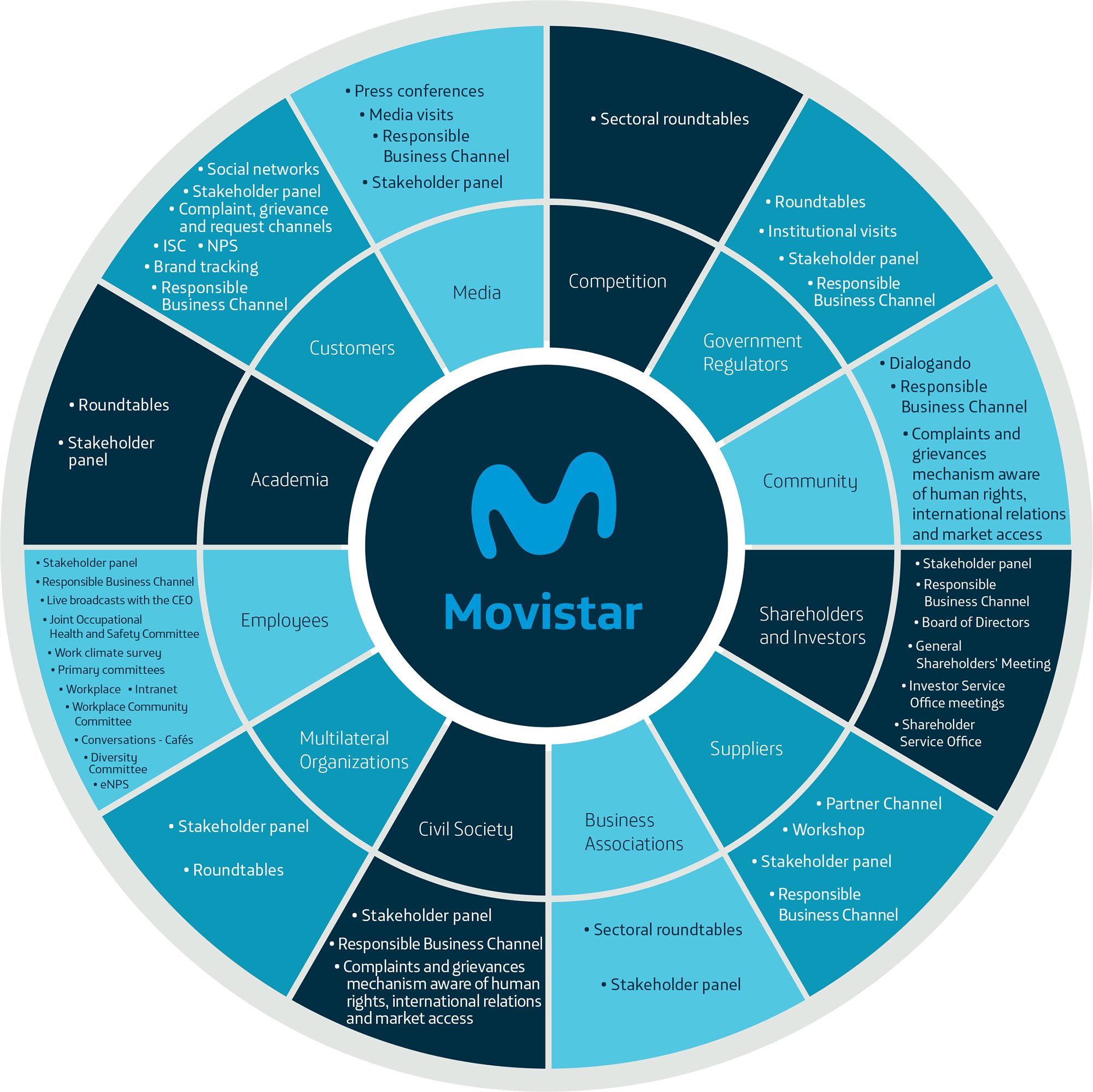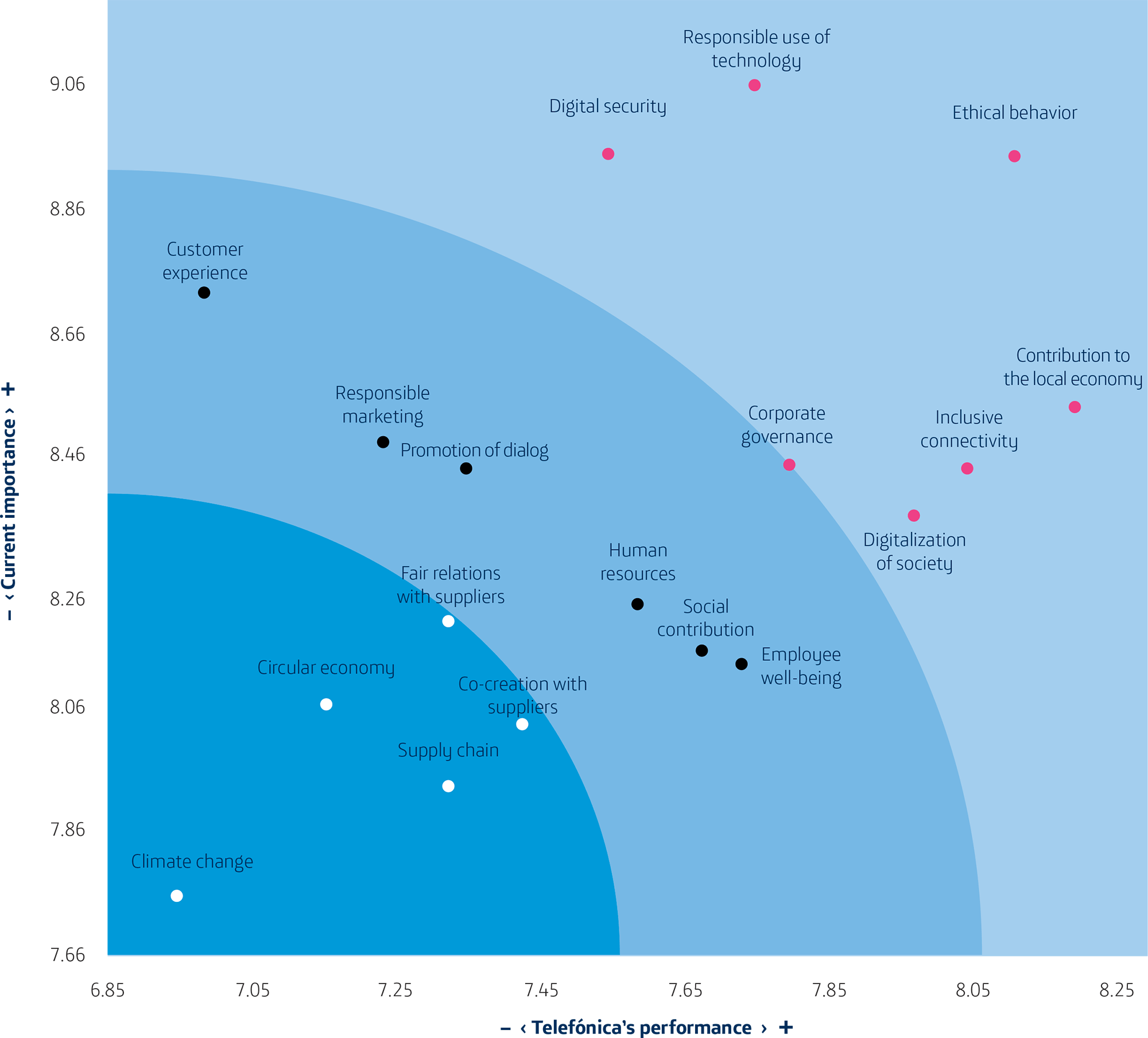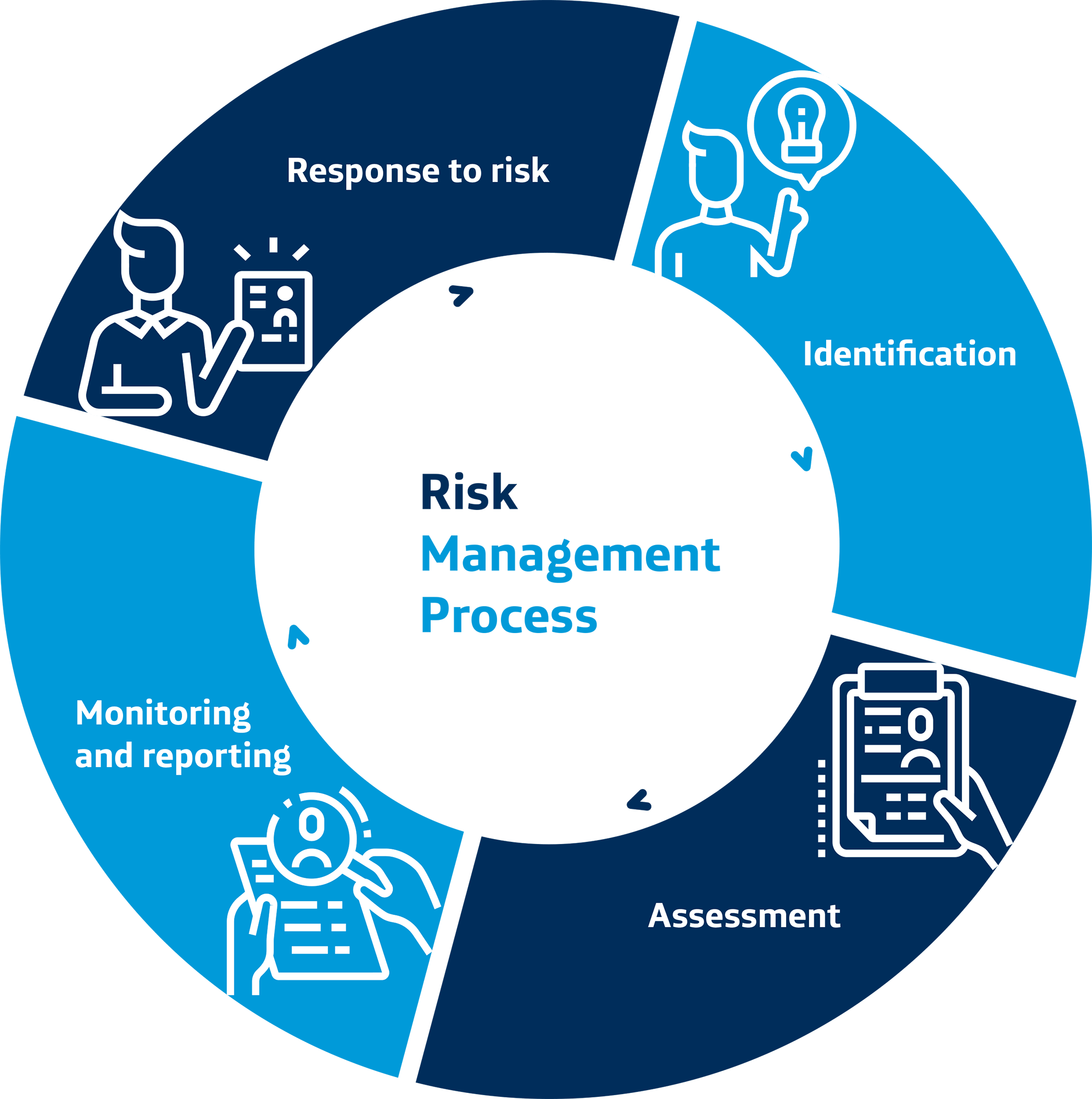04
Strategy
The Company’s mission is to make our world more human, connecting people’s lives. This involves putting technology at the people’s service The values that define the Company are:

Open
By working in a collaborative, friendly and transparent manner the best solutions are achieved. The Company is an open system where everybody counts.

Bold
We offer innovative solutions, transforming people’s lives and making them easier. We are willing to change to do better.

Trusted
We are honest, straightforward and committed, providing a secure connection with the best quality.
The corporate strategy of Telefónica is based on two focus areas: on its mission “to make our world more human, connecting people’s lives” and its Responsible Business Principles, which incorporate both its ethics code and its policy of responsibility towards its stakeholders and society in general. The strategy is therefore based on the recognition of the growing importance of the transition towards an economy that is more digital, ecological, sustainable and committed to all its stakeholders, and it takes into consideration the long-term impacts and objectives it aspires to achieve, both internally and externally. The master lines of the strategy for the future are based on three pillars: promoting inclusive connectivity, helping to build a digital and greener future and leading through example.
Equity Story

Growth

Efficiency

Trust
Promote inclusive connectivity
Help build a digital and greener future
Lead by example
Strategic Pillars of HISPAM Sustainability
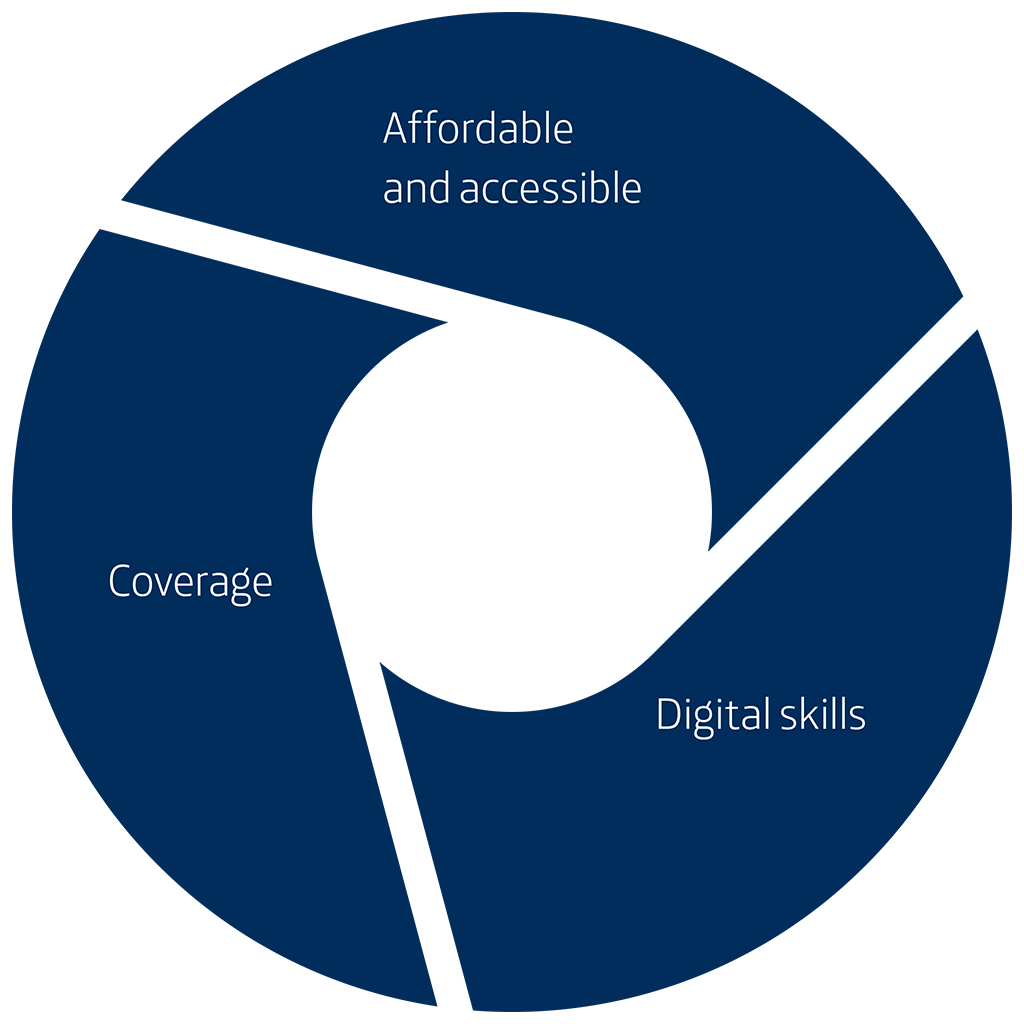


“ To make our world more human, connecting people’s lives. ”
In this framework, the three pillars are cross-cutting throughout the Company’s #RECONECTA Strategic Plan, which has five lines of action to achieve the expected growth.
The #RECONECTA growth formula (G):


Growth: Growth

Motivation: No company works without the motivation of its people

Relevance: Be more relevant for customers

Revenues: Greater organic revenues, with the support of partners

Motivation (Motivación): ninguna compañía funciona sin la motivación de su gente

Returns: Respond to investors’ trust

Responsibility: Be a good corporate citizen
In a challenging year for the country, the #ReconectaColombia2021 plan included 13 initiatives to achieve the goals and objectives, that enabled the Company to surpass the proposed challenges

Preparation of the Strategic Plan
In the framework of the New Model of Operations (NMO) of Telefónica in the region, which aims to capture efficiencies and implement best practices in the various Hispam operations, the Company’s strategic plan was structured and defined for the 2022 – 2024 period. The market forecasts served as basis and a more efficient operating model was developed, with a focus on sustainable growth and strengthening the relevance of mobile and fixed services through the mass coverage of FTTH networks and access, and maintaining positive commercial dynamics. This will consolidate our position as one of the main players in the industry, amidst a highly competitive environment, promoting access to connectivity for more Colombians and creating value for stakeholders.
Material Elements in Developing the Corporate Purpose
Stakeholder engagement is essential for the Company to learn about the relevance they attribute to the different economic, social, environmental and governance matters, in order to understand their expectations in a changing environment, aiming to maximize the organizational impact and to build relationships of trust. This engagement is based on the AA1000 Accountability Principles (AA1000AP).
Stakeholders and engagement tools/channels
GRI (102-40)
The Responsible Business Panel, created in 2016, strives to represent the Company’s main stakeholders, both locally (in Colombia) and globally, and in turn, it is divided into two areas: Central and Extended. Experts in sustainability participate in the former, who contribute a global vision, while in Colombia, 13,426 people from the stakeholder groups (customers, shareholders, investors, suppliers, employees, government, community, civil society, multilateral organizations, business associations, academia and media) were invited to participate in the latter, and 371 effectively participated.
As a result of this dialog, 18 material topics were identified, in which responsible use of technology, digital security and ethical behavior were selected as the most relevant aspects in the decisions of the different stakeholders and where they also perceive a better performance by the Company.
Material topics identified in the Stakeholder Panel
In addition to the Stakeholder Panel and with the aim of maintaining an ongoing dialog, the Company carries out stakeholder engagement through other tools and channels to find out their opinions.
At the two General Shareholders’ Meeting of the Company held during 2021, the shareholders of Colombia Telecomunicaciones, in exercising the rights defined in the Corporate Bylaws, the Code of Commerce and other applicable provisions, deliberated and voted on the matters submitted to their consideration, with no concerns voiced on specific matters.
With investors, talks were held on acquiring assets, financial indicators and results, the Strategic Plan, the economic and competitive environment, sustainable management and corporate governance, as well as transactions with other operations.
Movistar constantly monitors the voice of the customer through two main mechanisms: post-assistance surveys and random monthly surveys of the customer base and monitoring of assistance provided (participation of 3,800,000 customers). The objective is to identify aspects that should be improved, as well as those that should be maintained and leveraged. This led the Company to deploy greater 4G coverage in several Colombian cities, and to continue expanding the fiber network that offers the highest speed in the market.

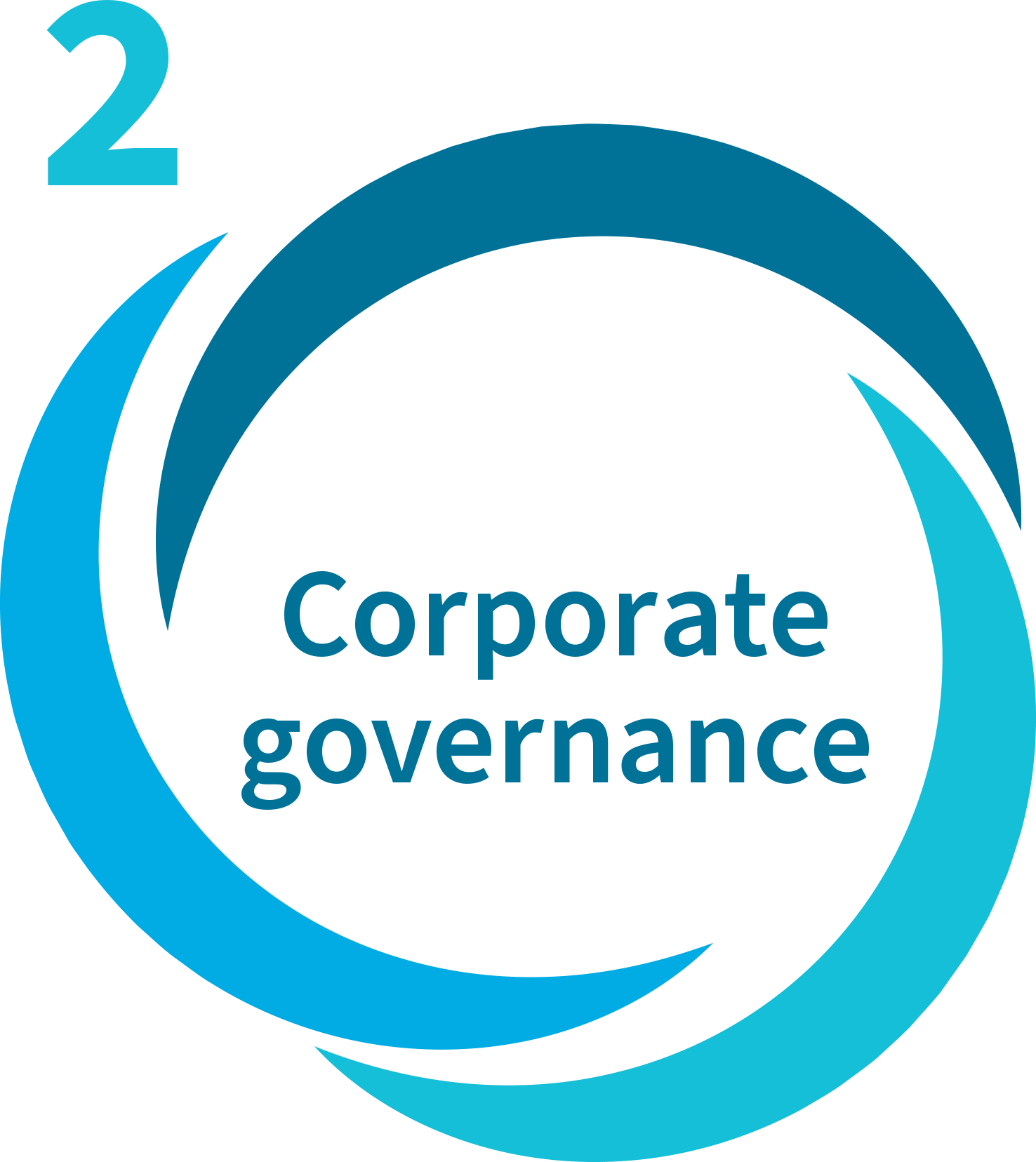
With employees, 8 Cafés or conversations were held, led by the CEO (with an average of 15 participants per session), 61 Cafés or conversations led by Directors 1 and regional managers (with an average of 10 participants per session), 18 sessions of “A few minutes with Fabián” – live broadcasts through Workplace, the corporate network (with 1,100 users on average per broadcast) and 5 management meetings (with 1,500 employees on average in each meeting). During these relations events with employees, the main topics were on the Company’s results and status, new business models, returning to physical presence at work, challenges of the environment and focus on 2022.
With suppliers, through the E-Commerce Platform (Adquira) and the User Assistance Center (CAU, for the Spanish original), further talks were held on the minimum sustainability criteria that must be fulfilled according to the Supply Chain Sustainability Policy.
Through the commercial and institutional social media, which serve as a means to communicate with all our stakeholders, during 2021 the mentions of our brand in the digital world reached 464,000. Because it is a service, most of these mentions are related to Movistar (offerings, assistance, service, etc.); however, mentions of sponsorships (cycling, football, Movistar Arena, sports, etc.) were also substantial, followed by mentions of Fundación Telefónica Movistar Colombia.
With journalists, interactions in press conferences and press releases revolve around the quality, benefits and provision of the services in the areas of influence, given the interest in the deployment of fixed or mobile network and opening of new regions; the social factors or conditions that massively affect the service, such as theft, and new contracting of visible company leaders, and topics related to entrepreneurship (Wayra), technology and new equipment that arrives to the country.
During the events held with employees, the main topics were on the Company’s results and status, new business models, returning to physical presence at work, challenges of the environment and focus on 2022.
Material topics
GRI (102-46 and 102-47)
Considering the topics identified in the Stakeholder Panel and in the different aforementioned stakeholder engagement opportunities, as well as the Company’s Strategic Plan, the Movistar Colombia Responsible Business Plan 2019-2021, the Colombian context and the activities selected by BIC as a company, the following is a list of the material topics:

Risk Management
GRI (102-15)
The Company has a Risk Management Policy approved by the Board of Directors and a Corporate Risk Management Manual of Grupo Telefónica, both of which are based on experience, best practices and recommendations on Good Corporate Governance to contribute to the continuous improvement of business performance.
A Risk Management Model based on COSO (Committee of Sponsoring Organizations, of the Treadway Commission) is in place, which facilitates both the identification and assessment of impact and the probability of occurrence of the different risks at the Company. It also promotes a high level of awareness on the risks and ensures a more efficient assignment of resources to manage them.

All people inside the organization have the responsibility to contribute to risk management, with different roles and responsibilities:
Audit Committee of the Board of Directors: It supervises the process.
Risk Management Function: It is an independent management function within the Internal Audit area responsible for promoting, supporting, coordinating, and verifying application of the Policy’s provisions.
Management Committee: It supervises the risks presented by the Risk Management function, (common to the Group and of the operation itself).
Risk Owners or Persons Responsible: They develop a risk mitigation plan and effectively monitor the evolution of the risk.
Risk Map Categories
The Company prioritizes the main incidents through a risk map that considers the following categories:

Business Risks: Risks derived from the economic and political environment, changes in regulations, as well as the entrance of new competitors, in addition to innovations and other events that may affect the Company’s sustainability and reputation.
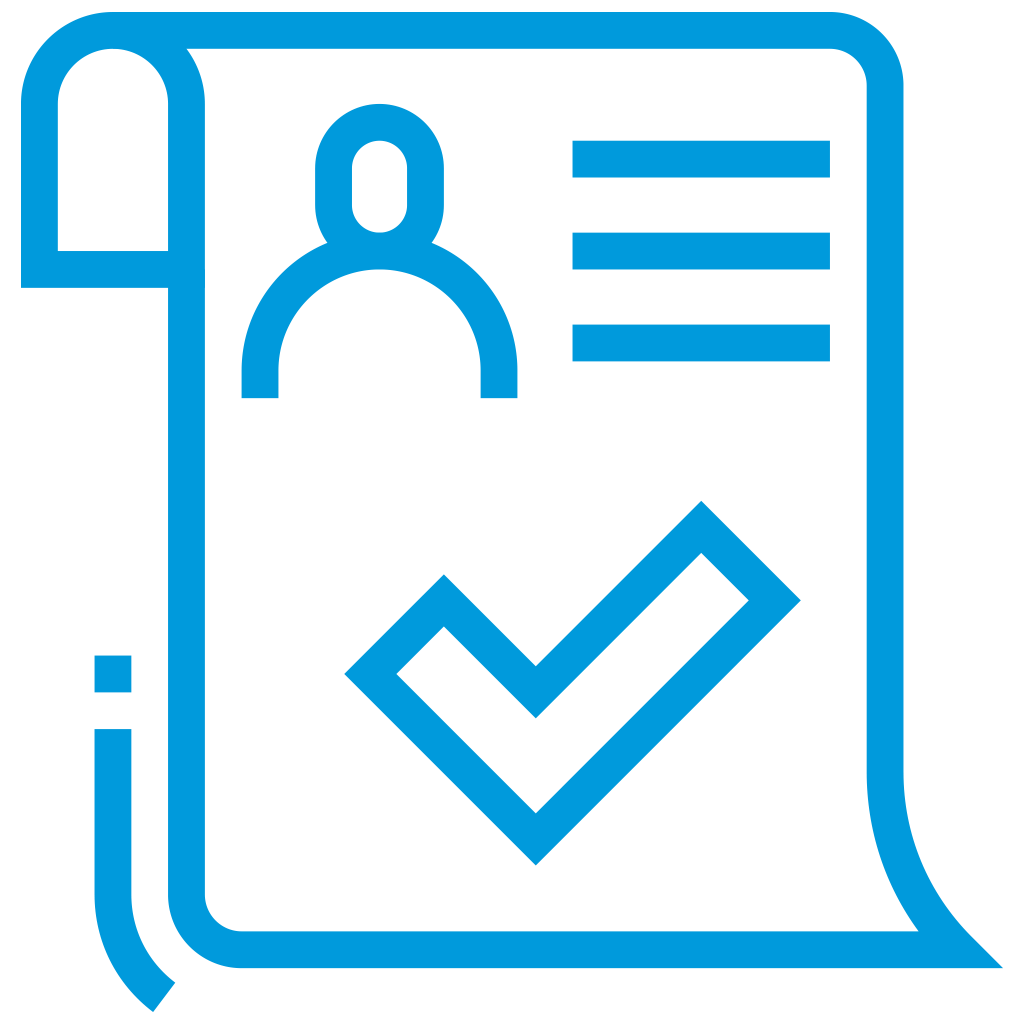
Legal and Regulatory Compliance Risks: Risks related to litigation of various types or related to compliance with obligations by the Company that may have both economic effects and impacts on the Company’s image and reputation.

Financial Risks: Risks derived from adverse movements in the economic environment or of the financial variables such as the exchange rate or interest rates, as well as tax matters and commercial credit risks.

Operating Risks: Risks derived from failure of the network, the information systems, security, customer service quality and cyberattacks, among others.
The model is adaptable to changes in the environment, so it regularly includes new risks and strategies to address each risk. Risks related to intangible assets and global transcendence, such as public image, the social impact of organizations, and sustainability, are increasingly relevant.
Risk Management Process

Identification: Identification and description of the main risks that can affect the Company’s strategic objectives.
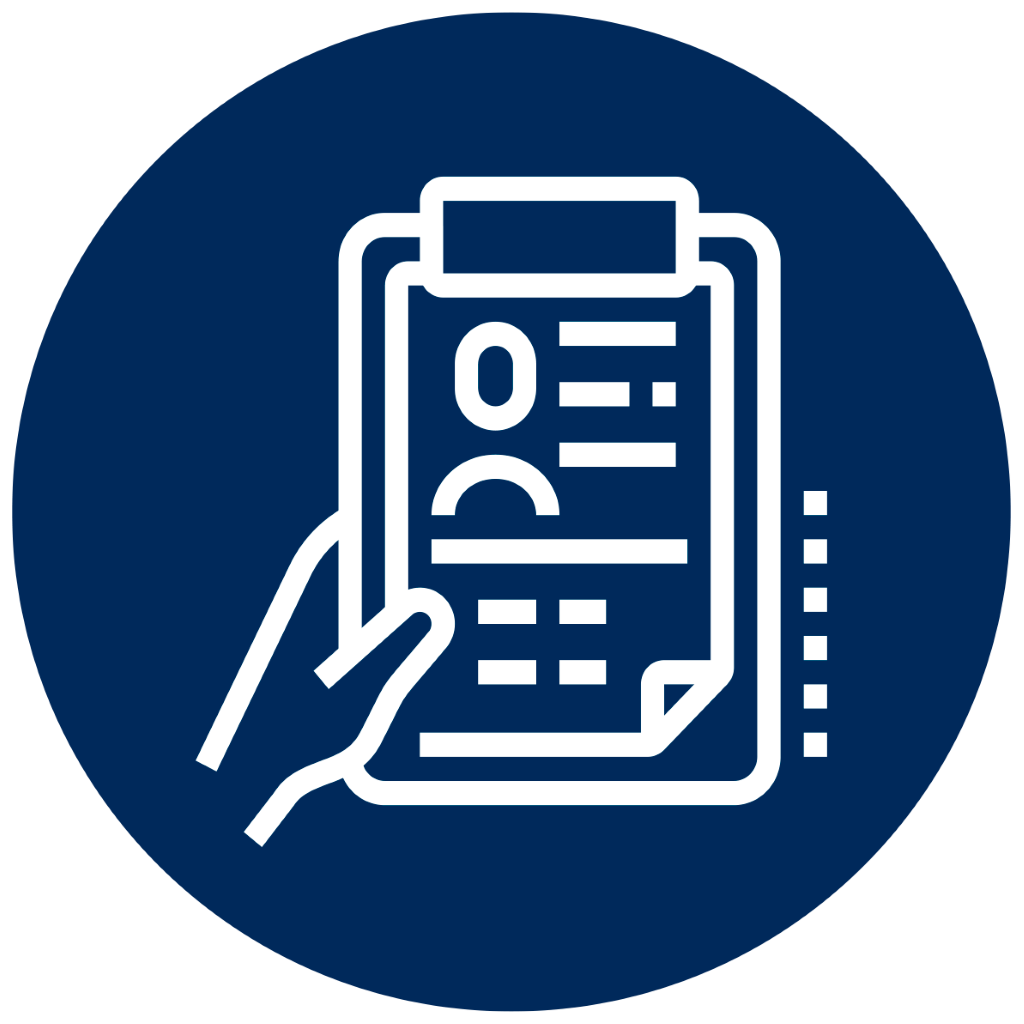
Assessment: The critical and common risks of the Group’s companies are assessed, and matters are identified that, even though they are uncertain and difficult to predict, could have potential adverse effects of the Company’s future performance. The identified risks are assessed in connection with their:
- Impact (qualitative or quantitative)
- Probability of occurrence (historical risk trends)
- Time horizon over which they could materialize

Response to Risk: Response is instrumented through mitigation plans to minimize effects, or actions to prevent or transfer the risks.

Monitoring and Reporting
At the corporate level, the Company has defined a level of risk tolerance or acceptable risk, defined as its willingness to accept a certain level of risk as long as it permits value creation and development of the business, achieving a sufficient balance between growth, returns and risk. A tolerance level of zero is established for risks specifically related with corporate reputation and responsibility.
Risk-generation Events
The most significant risks and uncertainties that the Company faces and that could affect its business, its financial position and its income mainly arise from:
External Factors
- In international transport, lead
times have increased (from 30 to
60 days at present) for international shipments due to an increase in the number of stops prior to delivery, transshipments, saturation of vessels, among others, which has produced higher freight rates, which in addition to impacting costs, also affect customs duties. - The supply chain management involves labor risks, mainly due to obligations derived from subsidiary and joint liability towards third parties in the case of outsourced activities, as well as the need to manage motivation and quality in the services provided by third parties on behalf of our Company.
Telecommunications Sector
- The COVID crisis affected the manufacturing capacity of many of the largest semiconductor producers. Consequently, current supplies do not cover the demand for this type of components, which affects the telecommunications sector and other industries.
- Regulatory conditions of access to wholesale services, such as leasing of loops, fiber optics or call terminations and interconnections, can have a substantial effect in the competitive scenario faced by the company, on the prices of reference in the market and service profitability.
- Possible system failure may produce the loss of quality or the interruption of service: Events related to external natural extreme disasters that could affect the availability of the information systems that support critical services of the Company.
Specific Company Events
- The Company is exposed to litigation for regulatory causes.
- Technical vulnerabilities in systems whose exploitation could produce potential leaks of information, unauthorized access or unavailability of systems, as well as contingencies for failure to comply with legal regulations and impacts on reputation due to potential accusations or media scandals.
- The Company’s financial position and income could be affected if it does not effectively manage exposure to the foreign currency exchange rates.


